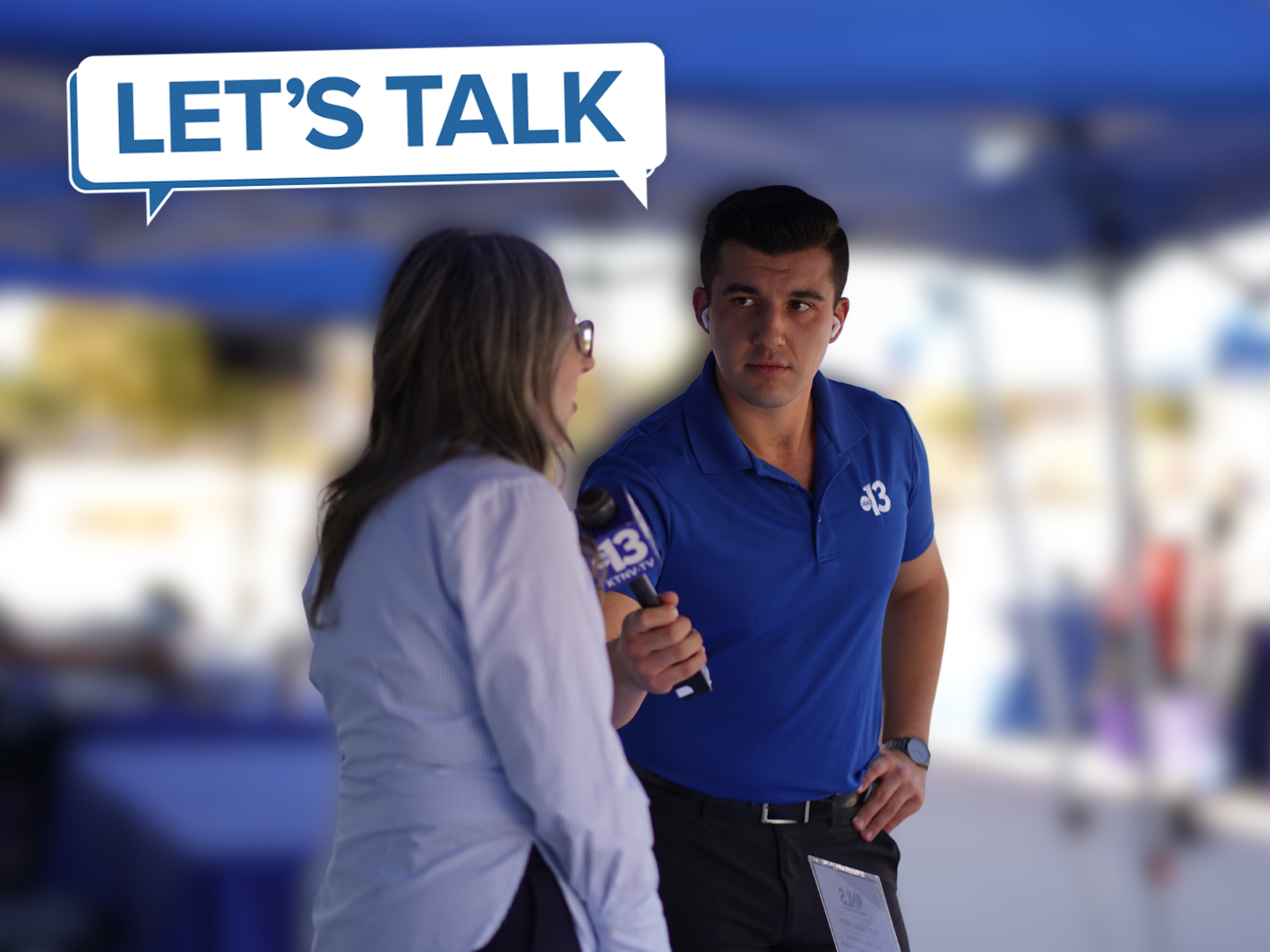LAS VEGAS (KTNV) — Student-athletes are returning for a new school year and that means returning to their respective sports.
This year, new concussion protocols will be implemented across the state in an effort to keep student-athletes healthy and safe.
As a mom, I wanted to know more about this will affect not only my child, but students across the valley.
What exactly is changing?
In the past, student-athletes with head injuries couldn't return to play until they were cleared by a health care provider.
This year, there are three steps student-athletes must pass before getting the green light to play again.
Step 1. The student-athlete must be evaluated and cleared to participate in the Return to Play protocol by a licensed health care provider, M.D., D.O. (Doctor of Osteopathy, P.A. (Physician's Assistant), or N.P. (Nurse Practitioner).
Step 2. The student-athlete must complete and pass standardized concussion testing (C3 Logix) administered by the athletic trainer.
Step 3. The student-athlete must complete a six-stage graded exercise program under the direct supervision of the high school's Licensed Athletic Trainer. The exercise program includes symptom-limited activity, light aerobic exercise, sport-specific exercise, full, non-contact practice, full contact practice, and returning to normal gameplay.
Any exacerbation of symptoms will prevent the student-athlete from progressing to the next stage.
You can read the Clark County School District's concussion policy here.
Why are the protocols changing?
During the 2023 legislative session, Nevada lawmakers passed Senate Bill 80, which calls for stronger concussion protocols.
You can read the full bill below.
Senate Bill 80 by jarah.wright on Scribd
Why is this important?
As a mom of a student-athlete, I know how important it is to keep an eye on our kids' health.
I reached out to Dr. Ephraim Makuve from Hutano Physical Therapy and he said one reason the legislation was needed was due to the prevalence of misdiagnosed concussions in the past.
"The main reason why we really want to take this and get a handle on it is the long-term health of the student in the capacity of everything else that they're doing in life," Makuve told me. "It's a health care issue but more so, something that can have an impact on the student long after they leave school and we want to make sure that we catch it early enough."
Makuve also said by implementing the new protocol, it gives the student-athlete more time to heal before returning to games.
"If the brain was a muscle, they're going back into the class to exercise this muscle before it's totally healed. This is why the CDC specifically has said let's have an initial period of time where the student just rests, allow them to do nothing," Makuve said. "There are always competing interests when it comes to student-athletes. There are people who want to see their team win. There are parents who want to see their kids on the field. And then, of course, their clinicians who want to see their patient get healed completely. It's trying to align all those to make sure that this athlete is a student first, and then the athleticism comes next."
WEB EXTRA: Watch extended interview with Tricia Kean and Dr. Makuve





